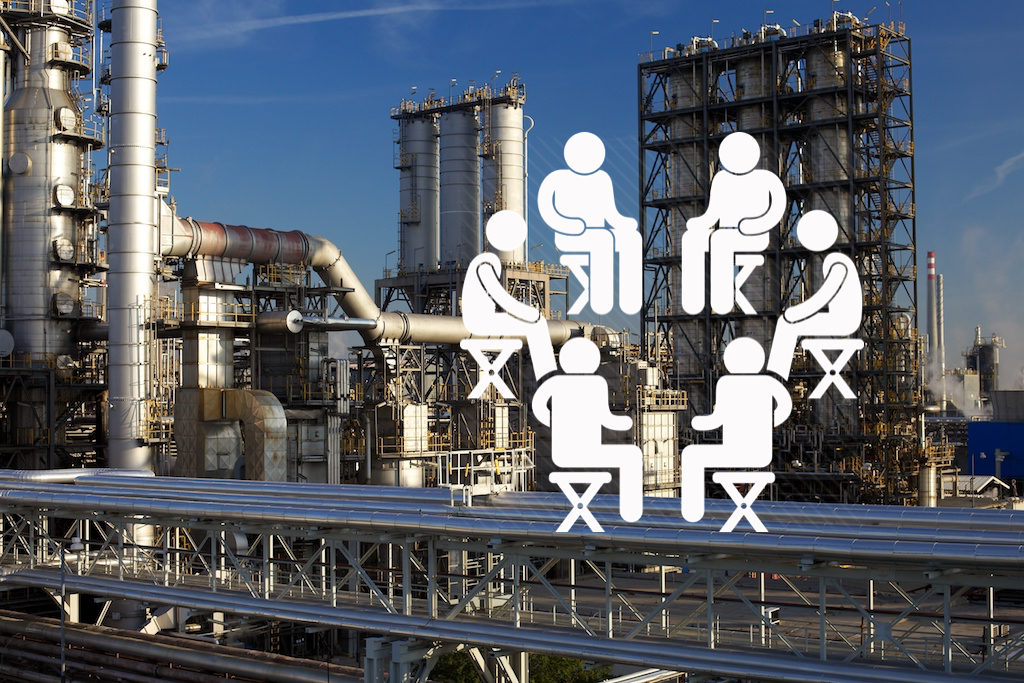
© Wiki User Mikulova Titled: Slovnaft-Residual Hydrocracking (RHC). Source: https://upload.wikimedia.org/wikipedia/commons/archive/a/ae/20120426123521%21Slovnaft_-_residual_hydrocracking_%28RHC%29.jpg. PHOTO WAS ALTERED
Maximizing the value of the bottom of the barrel is not limited to Coking but also includes hydrogen addition processes like Residue HydroCracking (rHDC). The rHDC processes are becoming more common worldwide and thus there is a need to share best practices around safety and reliability.
Our approach will be the same for rHDC as it has been for delayed coking (DCU), fluid catalytic cracking (FCC), and sulfur recovery (SRU). Namely, boots on the ground approach to operations, engineering (technical support), maintenance (preventive, routine, and turnaround), inspection, and design (engineering, procurement, and construction) where we openly discuss issues and solutions that are common across the various licensors and unit configurations. For example, high-temperature fouling of heat exchangers and let-down valves are common across all types of rHDC units. The best practices to predict, prevent, and maintain this equipment from fouling falls under the safety banner because the less often we must interact with the equipment, the fewer opportunities for risk to personnel is expected. There are many other examples that will be covered during the RefComm® event. Common ground will be sought where possible so that solutions developed after 20+ years of operating an ebullated bed unit can be applied to a fixed bed unit and a slurry bed system.
After building bridges in the rHDC community, we will provide time for breakout sessions specific to the process configurations. For instance, the morning sessions will be common to all rHDC unit styles while the afternoon sessions will be informal discussions specific to ebullated bed, fixed bed, and slurry bed unit types. By gathering together as a community first, we find common ground and solutions then allow time to get into the very unit specific nuances with peers from other units globally.
The header image by Mikulova is licensed under the Creative Commons Attribution-Share Alike 3.0 Unported license. https://commons.wikimedia.org/wiki/File:Slovnaft_-_residual_hydrocracking_(RHC).jpg











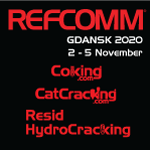
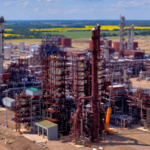
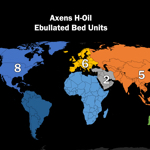
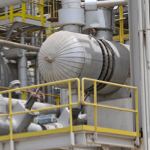
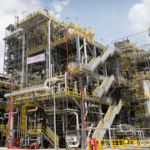
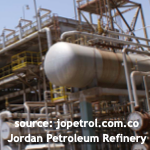
Leave a Reply